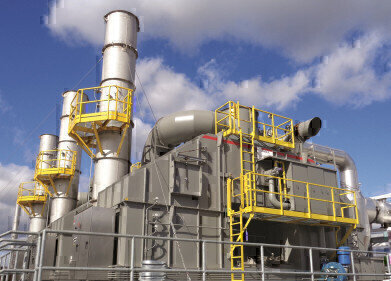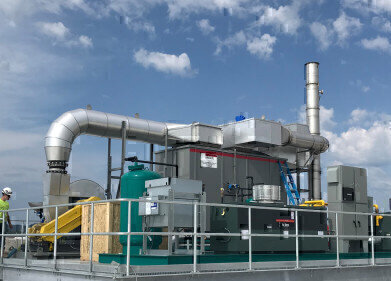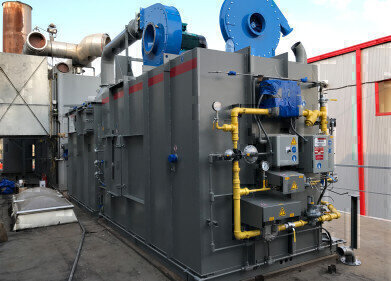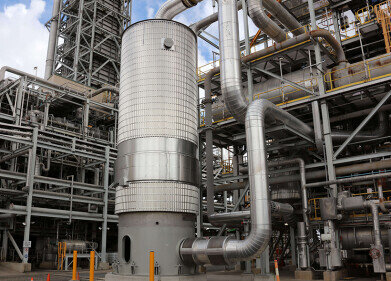Air Clean Up
How to Select the Right Air Pollution Control Technology
Jul 27 2021
Air pollution can cause both long- and short-term effects on human health, damage to property, and decrease atmospheric visibility. Air pollution can also have serious environmental effects, causing damage to the ozone layer, forests, and animal habitats.
Air pollution control technologies are used to minimise or eradicate these harmful pollutants’ release into the atmosphere. Anguil’s high-performance, efficient Air Pollution Control Technologies provide seamless integration for optimal value and performance. This article will discuss how to determine the appropriate air pollution control technology.
Usually, low flow, low concentration streams use catalytic recuperative oxidizers for optimal handling. If the concentration stream is in the range of 15-20% LEL, then either catalytic recuperative, thermal recuperative, or regenerative thermal oxidizer (RTO) technologies can be used. And for those process streams that sit between 20-25% LEL, thermal recuperative would likely be the method of choice but an RTO with hot gas bypass is possible.
Catalytic Recuperative Oxidizer (CATOX)
CATOXs offer air pollution control by destroying HAPs (Hazardous Air Pollutants), VOCs and odorous emissions at substantially lower temperatures than thermal oxidation technologies using a catalyst.
CATOX air pollution control technologies lower the oxidation temperature, creating benefits such as decreased fuel usage, reduced thermal cycling, lower cost of construction materials and decreased fuel usage.
Thermal Recuperative Oxidizer
Thermal recuperative oxidizers are types of air pollution control technologies which destroy HAPs, VOCs, and odorous emissions that have been discharged from a range of industrial processes via thermal oxidation and heat recovery.
Anguil’s thermal recuperative oxidizer air pollution control technologies utilise flexible heat exchanger arrangements. The design is based on volume of airflow organic vapor concentrations and desired destruction efficiency.
Regenerative Thermal Oxidizers (RTOs)
RCO/RTO and Rotor Concentrator systems typically have higher capital costs on low flow applications. However, they promote cost savings for high volume, low concentration streams which adds to their appeal.
These air pollution control technologies are generally considered to be the most energy-efficient oxidizer as they use ceramic media to recover up to 97% of the available energy. Anguil’s RTO has the capacity to capture and repurpose thermal energy produced during operation to minimise operating costs and the system’s overall energy consumption.
RTO air pollution control technologies are fuel-free at very low VOC concentrations. There are multiple designs for faster installation and greater system flexibility - or the ideal RTO applications with large flow, low concentration process streams, and for a wide range of temperature and contaminant capability.
Making the Right Selection
The selection of the right pollution control technologies should be based on efficiency needs, destruction requirements, and process parameters. Oxidizer manufacturers often endorse the improper abatement technology as they do not manufacture the best technology themselves.
Anguil manufactures all the thermal and catalytic oxidation systems, meaning we can offer an unbiased equipment selection, tailored to individual applications. We evaluate each pollution control technology for every application, allowing us to help our customers make informed decisions to meet their needs. Contact us with your application.
Events
IWA World Water Congress & Exhibition
Aug 11 2024 Toronto, Canada
Aug 25 2024 Stockholm, Sweden and online
Sep 03 2024 Mexico City, Mexico
Sep 03 2024 Mexico City, Mexico
Sep 03 2024 San Diego, CA, USA
















